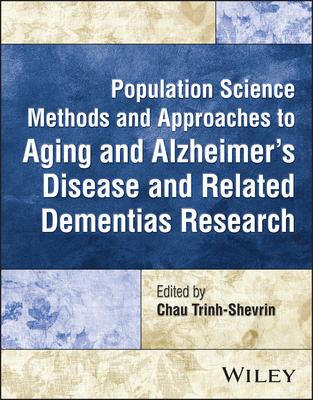Gain a thorough understanding of the determinants of health among aging populations, how disparities arise in diverse communities, and what can be done
Reducing health disparities among older people is critical to slowing or reversing the individual and societal impacts of aging-related conditions like Alzheimer’s and dementia. The field of population science can help us understand disparities and prevent them using community-wide strategies. Population Science Methods and Approaches to Aging and Alzheimer’s Disease and Related Dementias Research offers an overview of the population health approach, applying this framework to aging-related conditions and their determinants. By working hand-in-hand with diverse communities to address these conditions we can develop primary and secondary prevention strategies that can increase health equity for all Americans. Included topics range from population health trends and approaches to understanding community and patient engagement to caregiver perspectives and emerging trends.
- Learn about the population science approach to understanding aging-related health concerns in diverse communities
- See how factors like race, income, sexual orientation, sleep, and community engagement affect Alzheimer’s and related dementias
- Read about proactive approaches to primary and secondary prevention within aging populations
- Discover emerging research and public health initiatives currently underway to promote health equity
Students, researchers, and practitioners alike will benefit from this primer on participatory approaches to reducing health disparities. This introduction to the landscape of aging research in the most vulnerable of our communities will facilitate creativity, compassion, and meaningful next steps in biomedical and socioecological research, community support, and clinical care.

 看圖書介紹
看圖書介紹









